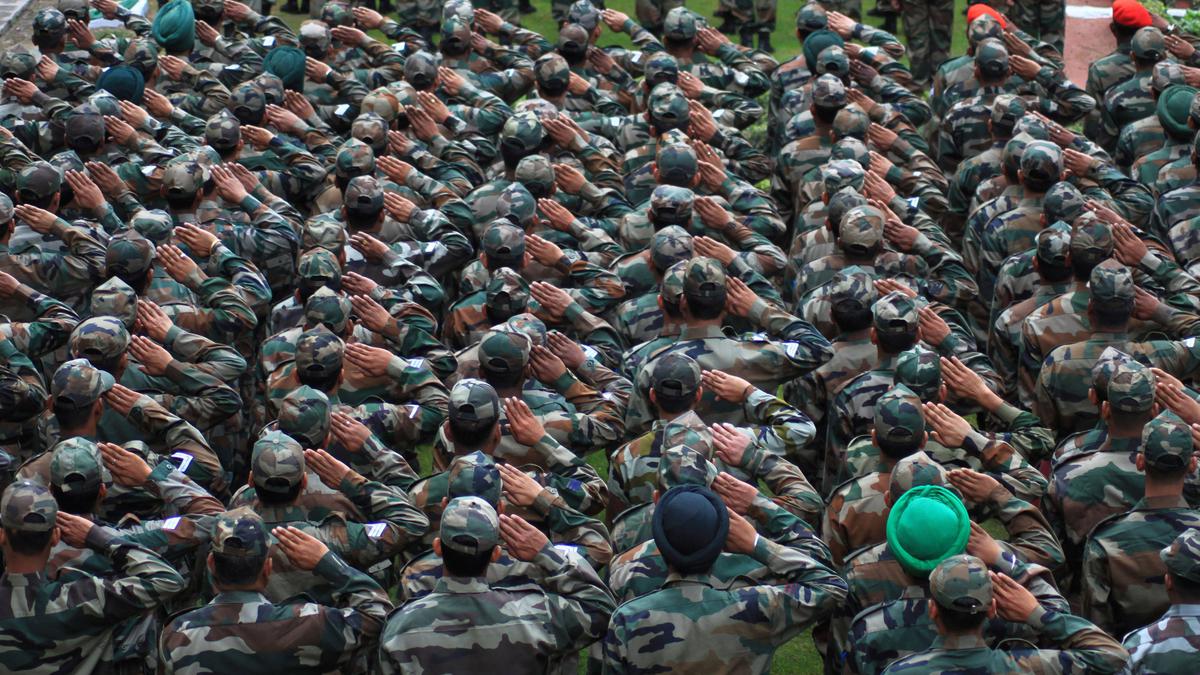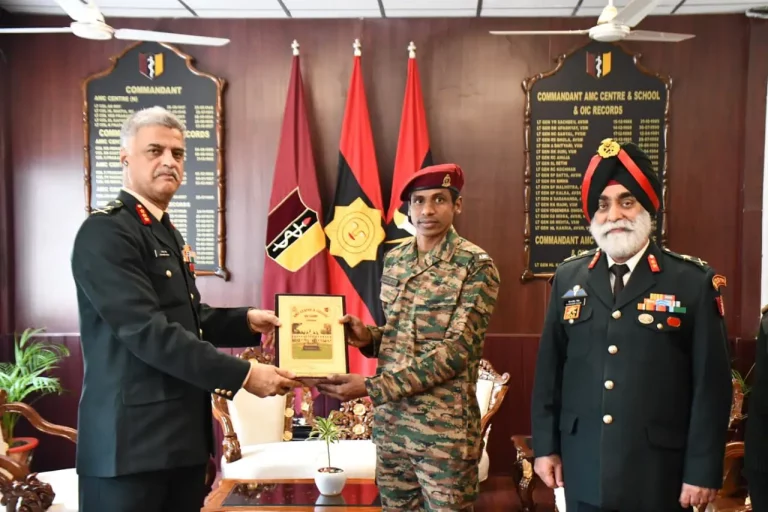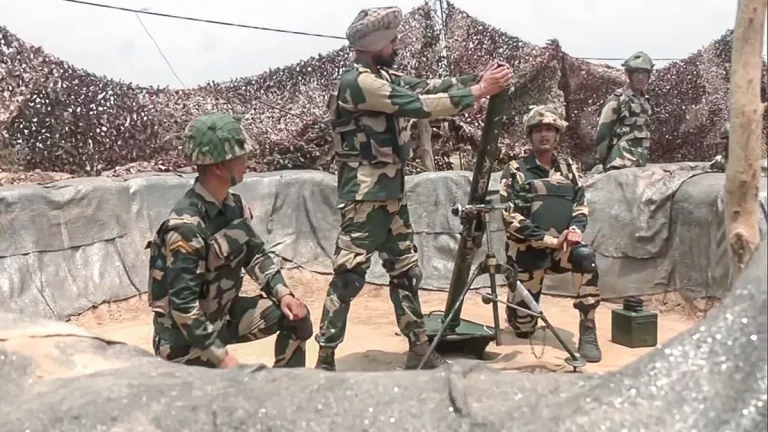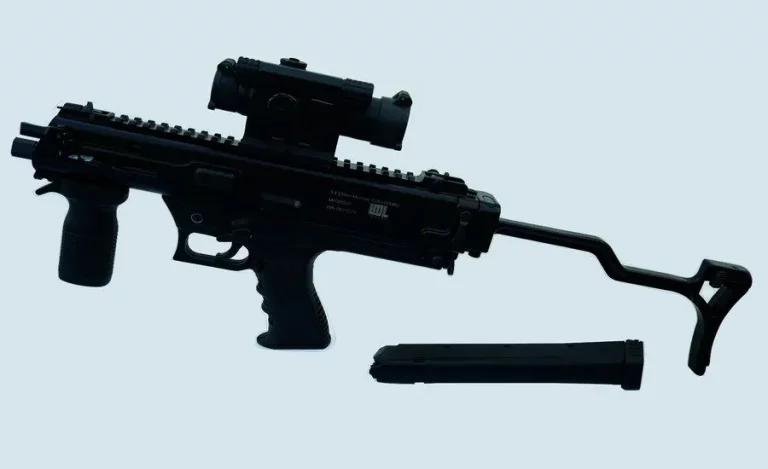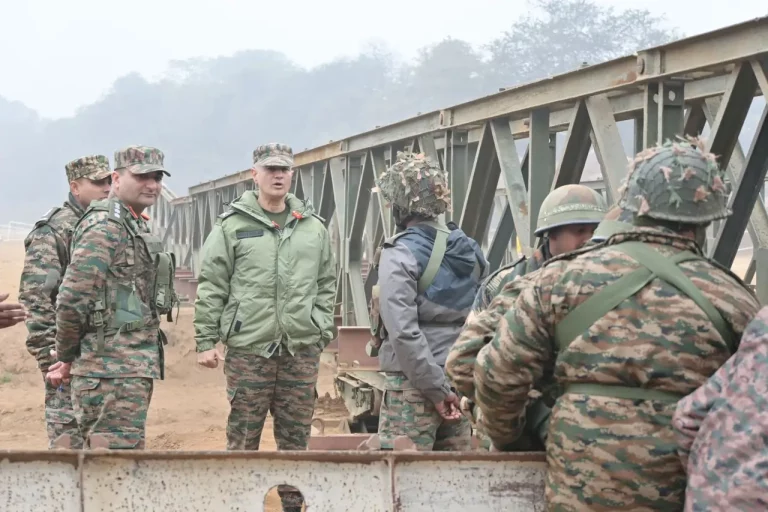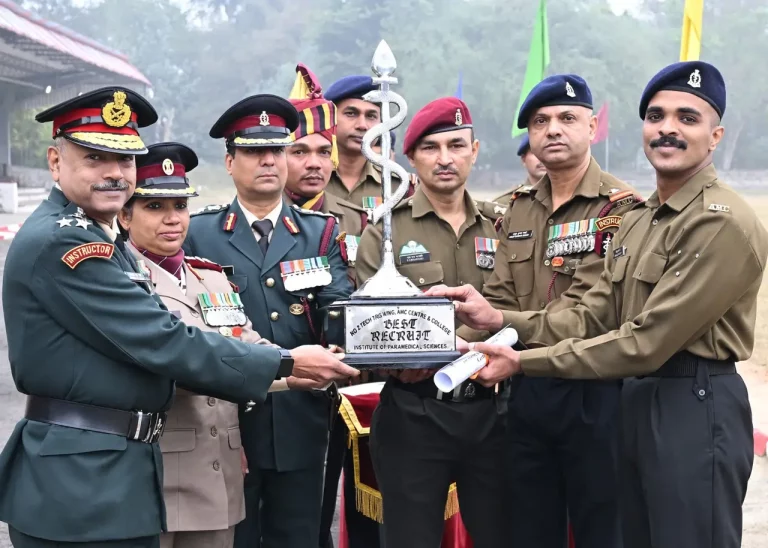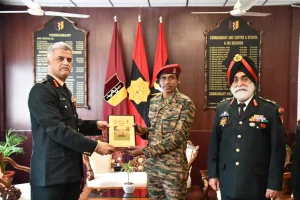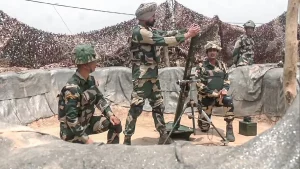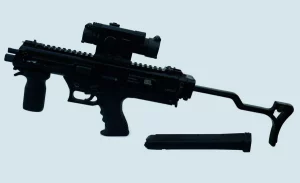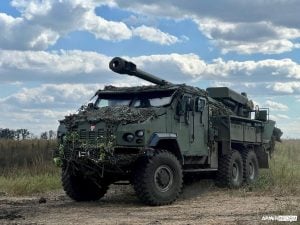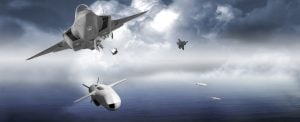The Government of India has taken a significant step to enhance operational synergy within the Indian Armed Forces by fully implementing the Inter-Services Organisations (Command, Control & Discipline) Act, 2023. The Ministry of Defence has officially notified the rules that empower Commanders-in-Chief and Officers-in-Command of Inter-Services Organisations (ISOs) with full disciplinary and administrative authority over personnel from the Army, Navy, and Air Force.
This Act is designed to streamline command structures and encourage collaboration among the three military branches, while still respecting their distinct service conditions. With this new authority, commanders overseeing ISOs now possess powers comparable to those of top-ranking officers in individual services. For instance, they will have similar authority to a General Officer Commanding in the Army or a Flag Officer Commanding-in-Chief in the Navy.
Defence Minister Rajnath Singh has characterized the move as revolutionary, stating that it will transform military integration and readiness. He emphasized that the Act allows the forces to function as a cohesive unit, which is essential for addressing contemporary security challenges while preserving the unique traditions of each service.
This reform aligns with the broader vision of defense modernization spearheaded by Chief of Defence Staff General Anil Chauhan, who has been advocating for dismantling inter-service barriers, promoting cross-postings, and developing more integrated command structures since he assumed office in September 2022. The operationalization of the ISO Act builds upon these initiatives and paves the way for extensive reforms, including the highly anticipated joint theatre commands.
At present, India’s military command structure consists of 19 separate commands for the Army, Navy, and Air Force. The concept of joint theatre commands—where these commands would be unified under a single leadership based on geographical or functional axes—has been a topic of discussion for several years, though it has faced institutional hurdles.
While the implementation of the ISO Act marks a crucial administrative advancement, defense analysts highlight that genuine integration will necessitate concurrent reforms in logistics, training, and operational doctrines. Furthermore, they underscore the urgency of bolstering support for indigenous defense initiatives, such as the DRDO’s Kaveri engine program, which is critical for achieving self-sufficiency in fighter jet technology.
As global security challenges continue to evolve, the operationalization of the ISO Act signifies a pivotal transition in India’s military strategy, enabling the Army, Navy, and Air Force to engage with enhanced cohesion and effectiveness in addressing emerging threats.
